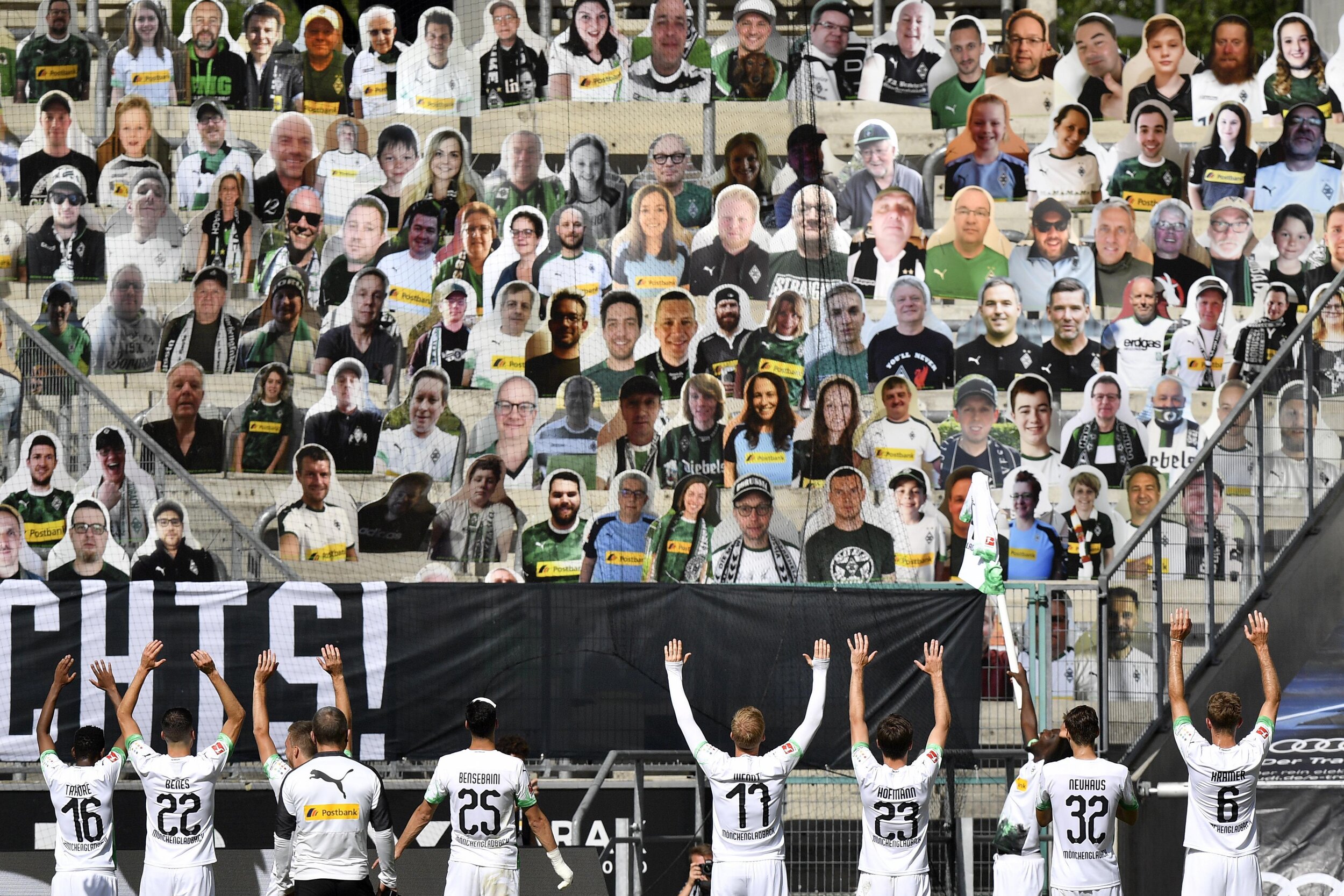I was cleaning out my closet during this COVID lockdown and found something I had forgotten about. It was none other than a Freddie Ljungberg Corinthian football figure still in its box. It got me thinking about some of the soccer-related knickknacks that I’ve collected over the years.
Here in the states, it’s easy to find Lebron James, Tom Brady, or Steve Trout merchandise but finding souvenirs or collectibles from soccer leagues throughout the world is more difficult. Prior to the pandemic, I was a regular traveler and whenever I went to new countries, I would often look for soccer-related items to bring back home.
For example, I’ve been to Italy many times and have always had an interest in Calcio (that’s what the Italians call football/soccer). I’ve attended matches in Parma and Florence and found these experiences fantastic. The fans are so passionate. They sing, they cheer and for someone learning Italian, it’s a great way to immerse yourself in the language and culture. In addition to team scarves, I came across an Inter Milan “Mini Tifosotto” which is basically a bear wearing an Inter jersey who shouts GOAL when you press his belly. (Tifoso in Italian means “Fan”.)
I also found key chains of small bears wearing team jerseys that blow whistles and shout goal when a mini soccer ball touches its foot. I have an AC Milan Tifosotto and a Parma Tifosotto.
As an Arsenal supporter who has been to many matches in the UK, I have an abundance of Arsenal items including a soccer ball keychain, a football boot keychain, mugs, coasters, t-shirts, books, calendars and more. I even have an Arsenal leash for my dog.
I have jerseys and scarves from Greece, Italy, Morocco, Ireland, England, Turkey, and Portugal. I even have a vuvuzela, those annoying long plastic horns that can blow out your eardrums if you stand too close.
I’ve also kept the matchday programs from every game I’ve ever attended. The craziest one is from an FA Cup match at London’s Loftus Road between Queens Park Rangers and Huddersfield. The game was actually interrupted by an early January hailstorm.
In looking at all of this “stuff” that I’ve accumulated over the years from the world of soccer, it got me thinking about what other fans have collected. So, let us know what you have collected. Share it with us. Send us a photo or just tell us about it. We’ll post it for the world to see!
Luckily I’ll spare you the details of my extensive baseball bobblehead collection as this is just about soccer!













